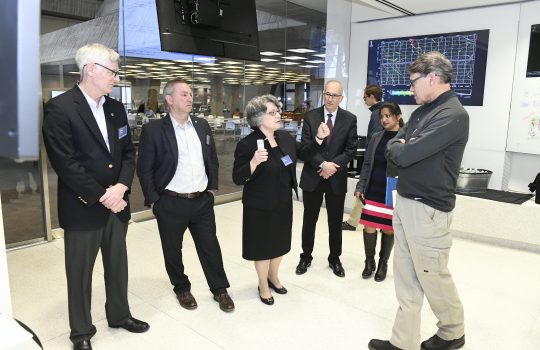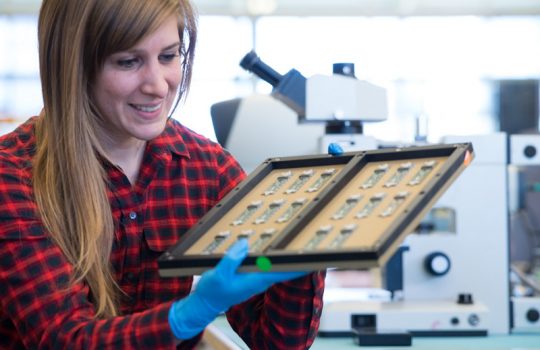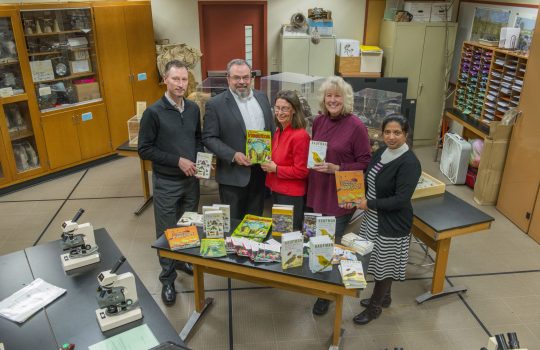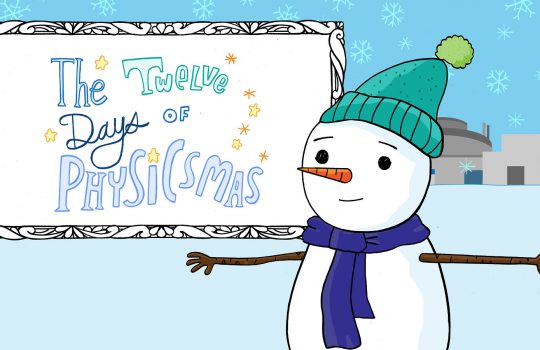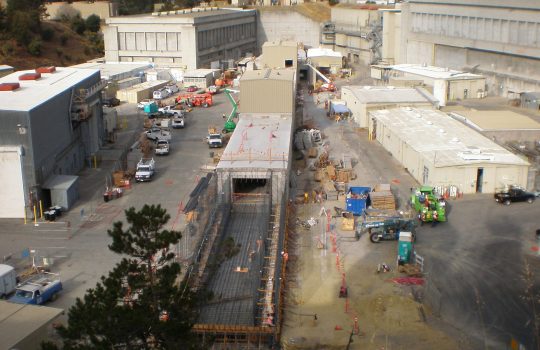Secretary of Energy Rick Perry visits Fermilab, touts progress in advancing science
- Deep Underground Neutrino Experiment
- Department of Energy
- DUNE
- LBNF
- Long-Baseline Neutrino Facility
- Sanford Lab
- Sanford Underground Research Facility
- South Dakota
- VIP
Secretary Perry’s visit encompassed the breadth of the Fermilab research program and included a town hall meeting with lab employees and users.

